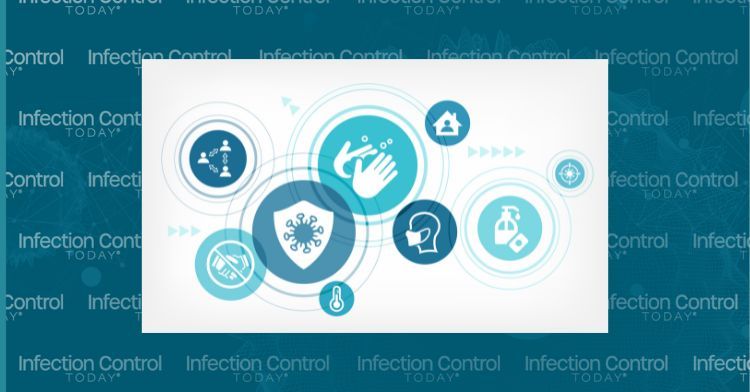Advancing Infection Prevention: The Value of an In-House Journal Watch
Benjamin Chen, MD, MPH, speaks about how a journal watch in infection prevention keeps professionals updated on research, fosters evidence-based practices, and supports education and quality improvement efforts.
Creating a journal watch for an infection prevention division would be a valuable resource that keeps professionals informed, promotes evidence-based practices, and contributes to ongoing education and quality improvement efforts in the field of infection prevention. In addition, the watch may be published to benefit learners from various health care disciplines, promoting interdisciplinary engagement with academic literature.
Drawing inspiration from an electronic newsletter he reads, Benjamin C. Chen, MD, MPH, clinical assistant professor, Loma Linda University, Loma Linda, California, and his cowriter, Darcy Wooten, MD, MS, associate professor of medicine, Division of Infectious Diseases and Global Public Health, at the University of California, San Diego, San Diego, California, created a year-long project on a journal watch for Chen’s final doctoral project. Chen then presented a poster at IDWeek 23, held in Boston, Massachusetts, from Oct 11 to 15, 2023., about the project titled “Infectious Diseases Journal Watch: A Pilot Study.”
Infection prevention diagram
(Adobe Stock 336237340 by j-mel)

To learn more about the presentation, Chen spoke with Infection Control Today® (ICT®) about the key findings, the methodology for the project, and more.
Chen and Wooten drew inspiration from the New England Journal of Medicine Journal Watch, an electronic newsletter that summarizes the latest medical research for subscribers.
“We were inspired by that publication to make our own for our ID division at UC San Diego,” Chen told ICT. “Over the course of a year, we curated articles on a monthly basis and presented summaries and visual abstracts to our division, which we distributed on a monthly basis via the listserv. And then, after producing about 10 monthly editions of this journal watch. We surveyed our division members and tried to assess the attitudes and news patterns of this publication. Then I was very happy to present the results to IDWeek in the medical education category.”
Chen said that he was surprised about how much time and work the project took for him and his team. “Once we started producing these monthly journal watches, I realized just how laborious it is. There's a curation standpoint in which we're serving literature ourselves to find what are the most high-yield articles per month. Then, once we selected 3 or 4, maybe 5 articles per month, we would have to do a deep dive on the literature ourselves and then produce either the summary or the visual abstract, so on a month-to-month basis, it was a fair bit of work. Ultimately, it was rewarding to see how well-received it was within our division. But it also took a bit of time commitment on our behalf.”
(Quotes were edited for clarity.)
Show, Tell, Teach: Elevating EVS Training Through Cognitive Science and Performance Coaching
April 25th 2025Training EVS workers for hygiene excellence demands more than manuals—it requires active engagement, motor skills coaching, and teach-back techniques to reduce HAIs and improve patient outcomes.
The Rise of Disposable Products in Health Care Cleaning and Linens
April 25th 2025Health care-associated infections are driving a shift toward disposable microfiber cloths, mop pads, and curtains—offering infection prevention, regulatory compliance, and operational efficiency in one-time-use solutions.
Phage Therapy’s Future: Tackling Antimicrobial Resistance With Precision Viruses
April 24th 2025Bacteriophage therapy presents a promising alternative to antibiotics, especially as antimicrobial resistance continues to increase. Dr. Ran Nir-Paz discusses its potential, challenges, and future applications in this technology.